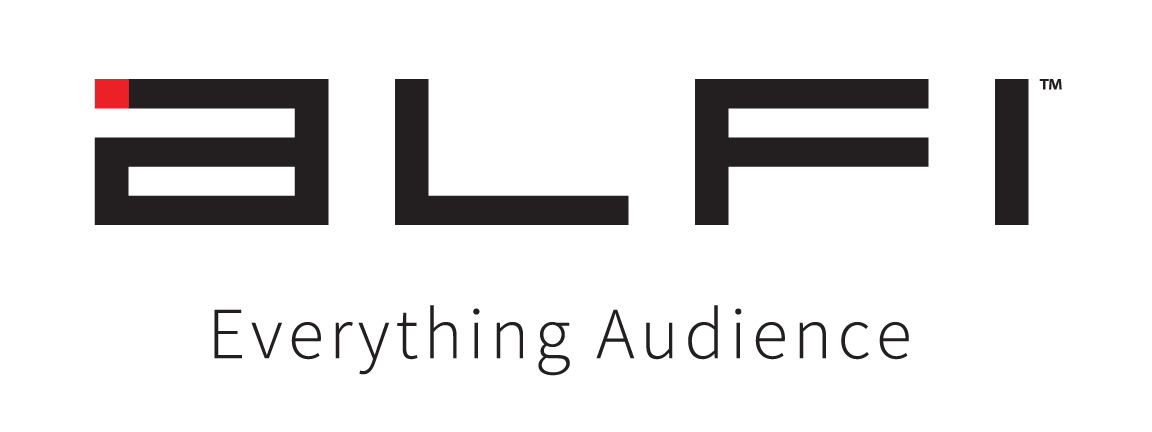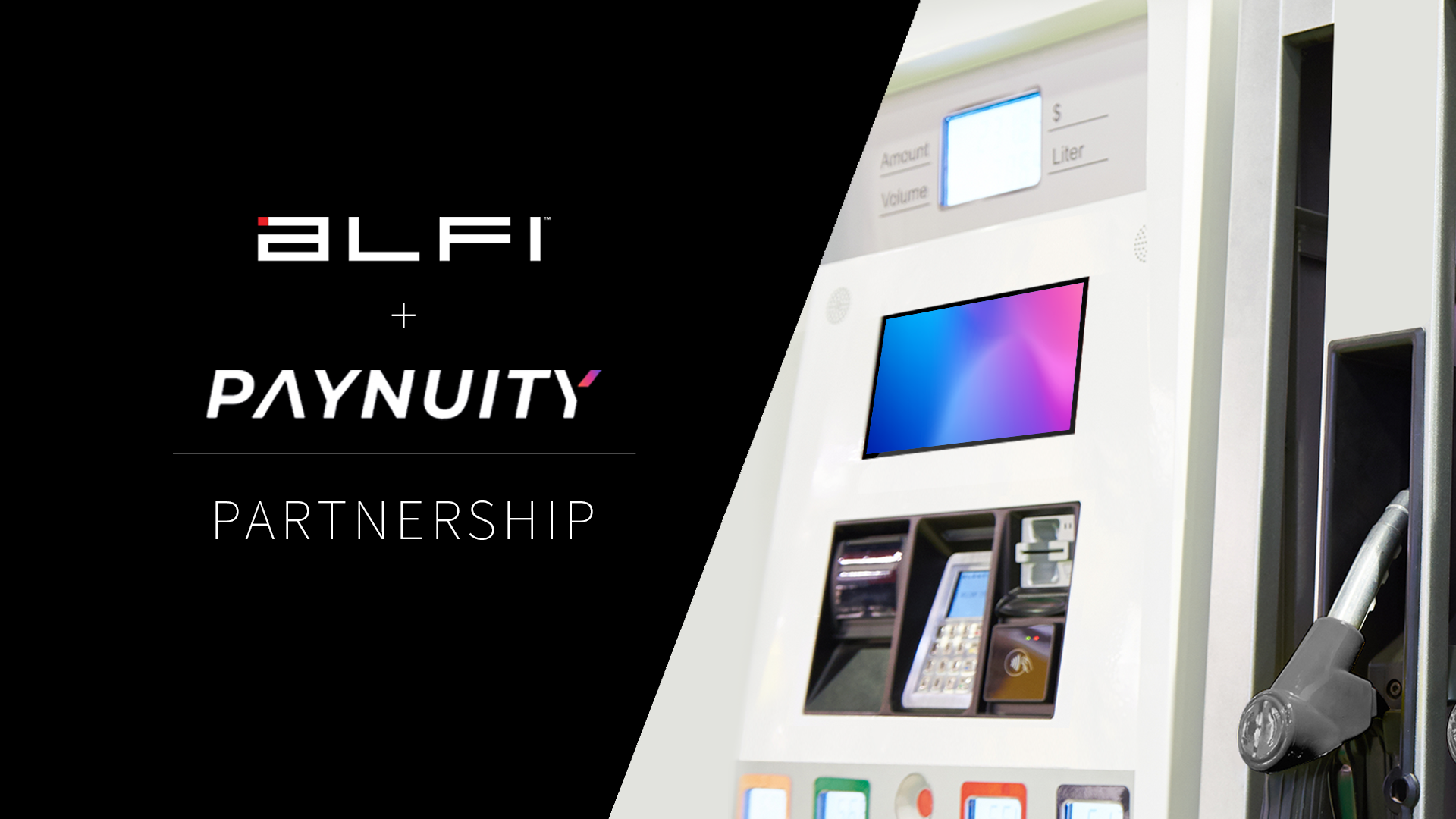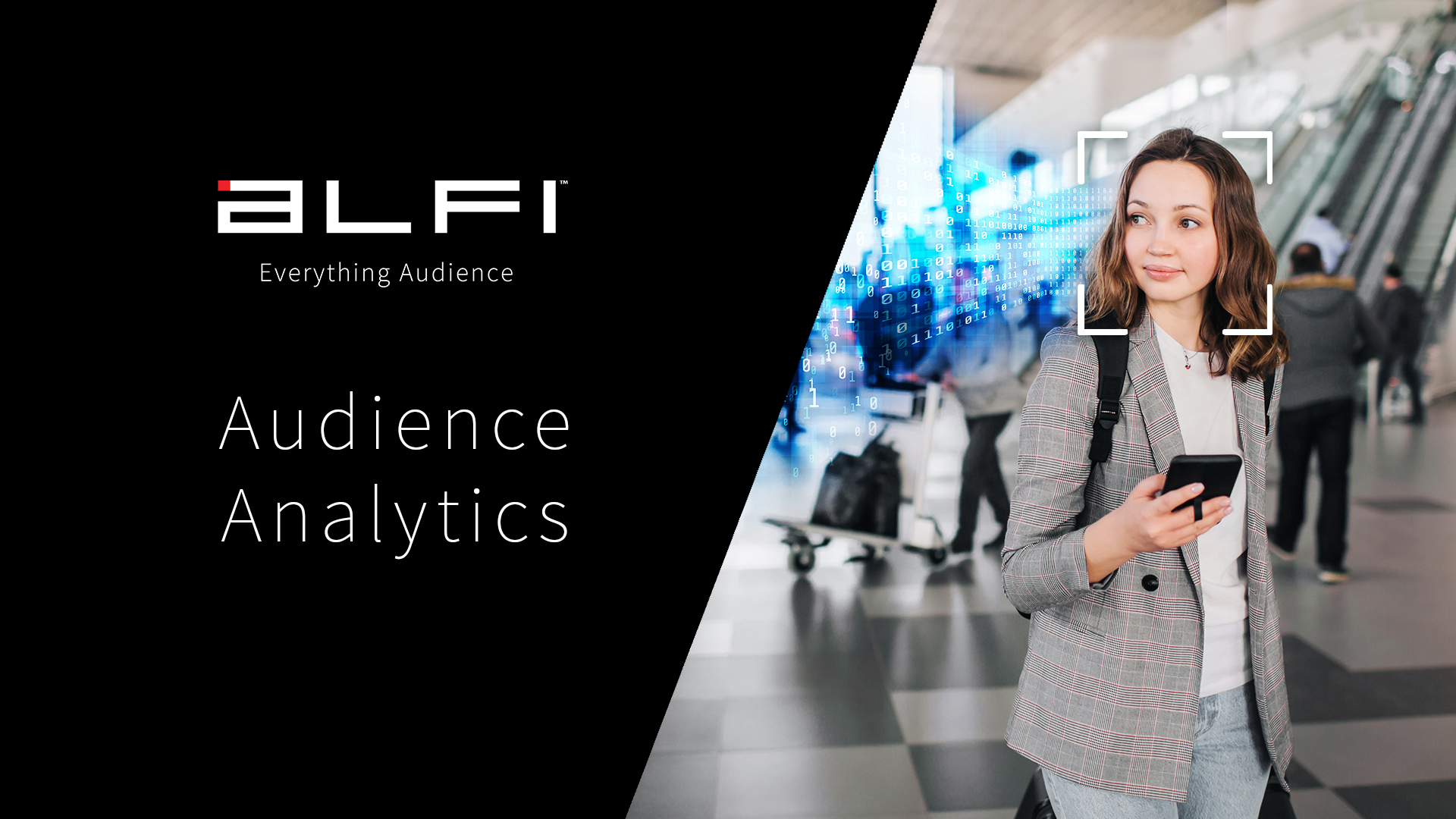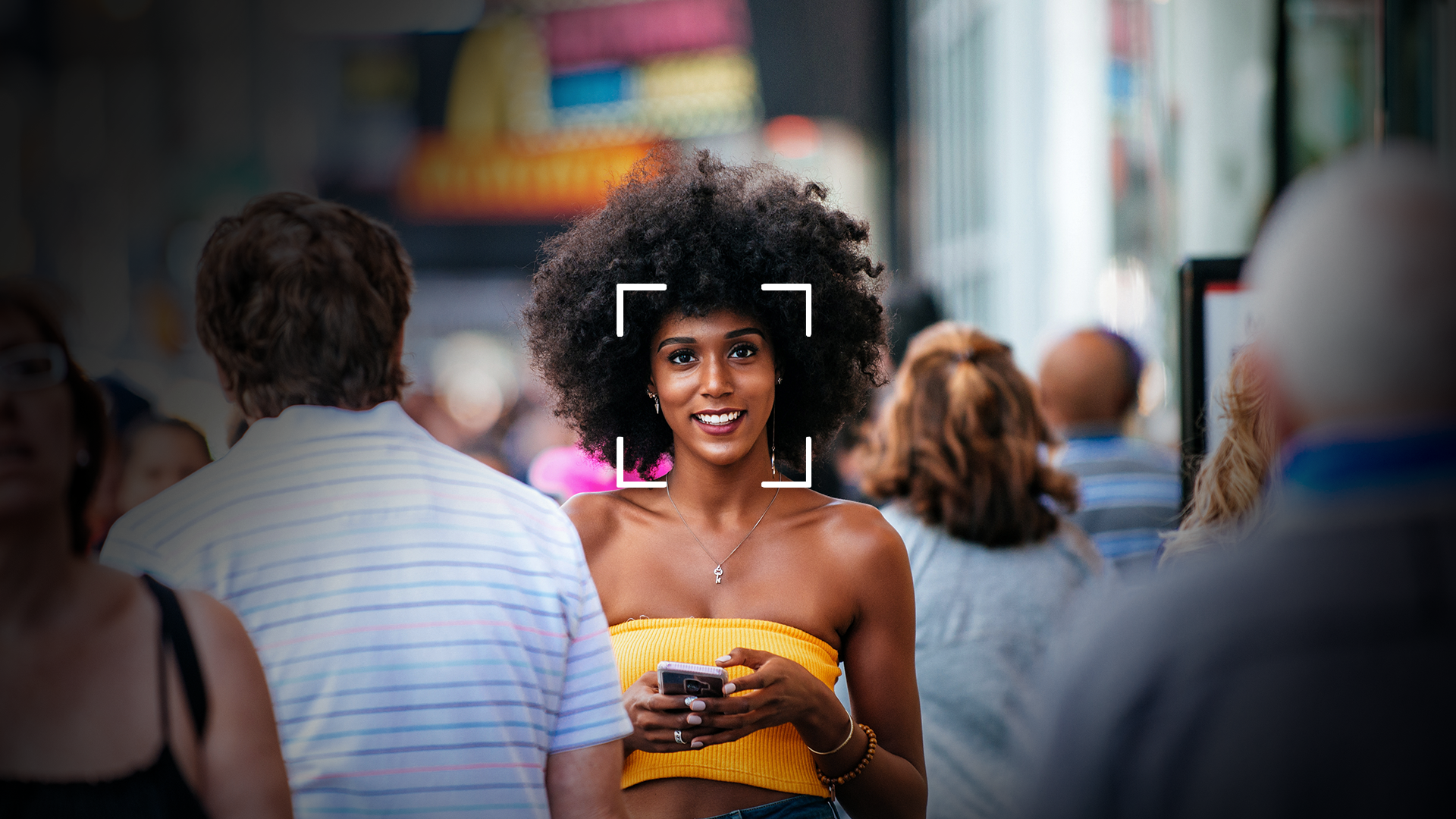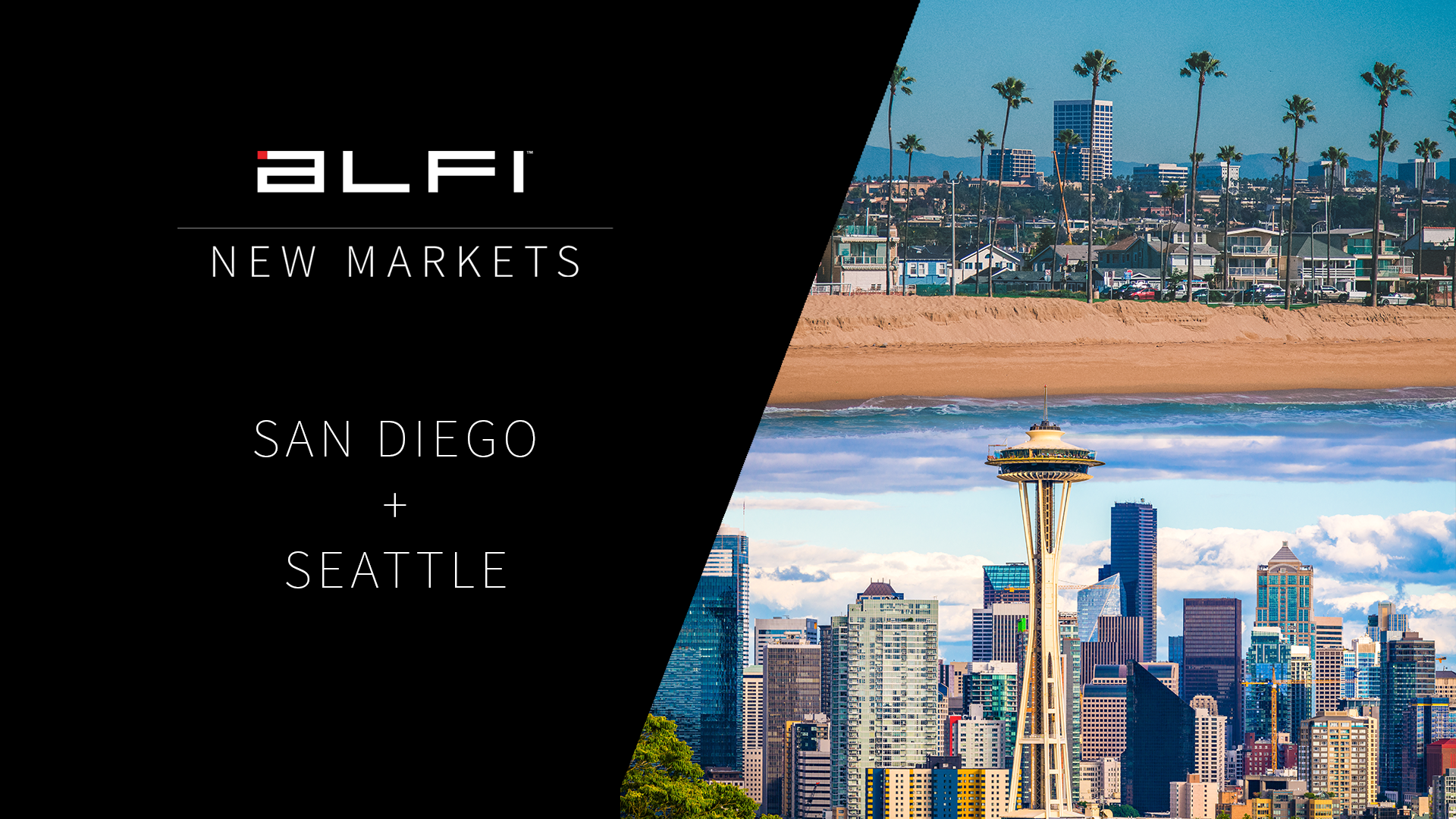Looking for easy ways to target a broad audience of potential customers while they’re en route from one place to the next? Have you considered cartop advertising?
With the continued success of rideshare companies like Uber and Lyft, it makes sense for businesses, brands, and even drivers themselves to capitalize on any new marketing opportunities that these rideshare vehicles present.
What is Cartop Advertising?
With cartop advertising, content is delivered to potential customers via rideshare accessories displayed outside and/or on the vehicle.
Instead of advertising solely to passengers inside of the Uber or Lyft vehicle, LED billboards are installed on top of the rideshare vehicles. There, the content and ads can be viewed by each person the vehicle passes: drivers, passengers, and pedestrians alike. Plus, riders will also be exposed to this content as they enter and exit the rideshare vehicle.
According to research, mobile advertising is the most effective and efficient form of outdoor advertising, reaching more consumers at a lower Cost Per Thousand Impressions (CPM) than any other form of outdoor advertising.
In addition to advertising for companies, LED billboards can often be used to relay civic messages to people in the city and can even be used to collect data regarding temperature and pollution.
How Cartop Advertising Works
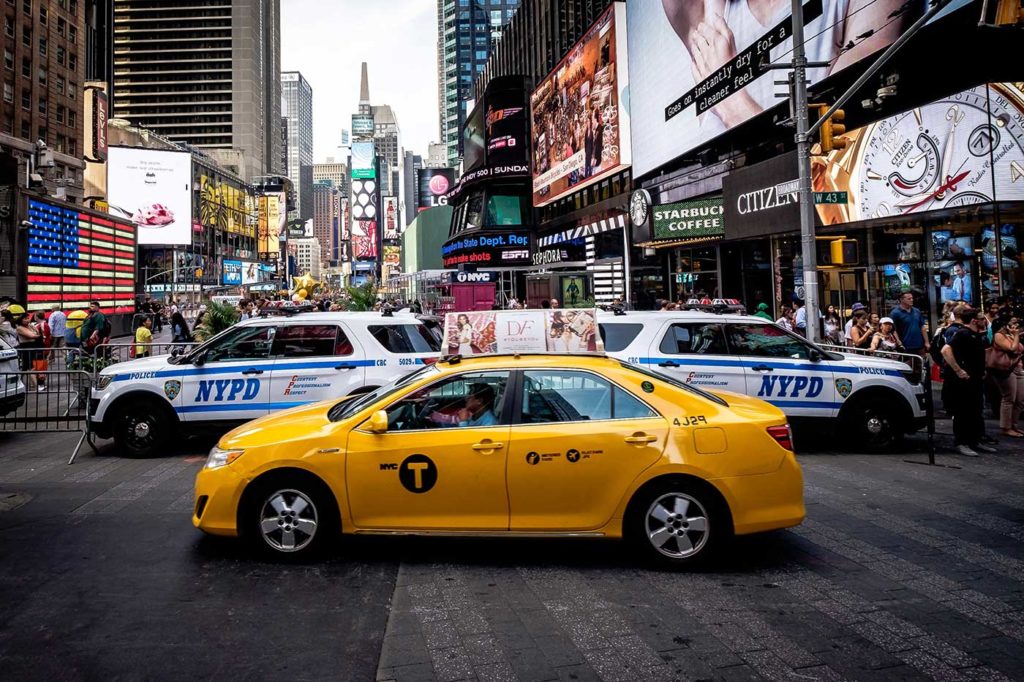
This powerful form of rideshare advertising allows for brands and companies to connect with a broad audience of potential customers passing by and/or riding in the vehicle.
Cartop advertising, when paired with the powerful DOOH features of AdTech companies like ALFI, can be used to engage consumers dynamically based on location, time of day, weather, and more. This allows advertisers to run ads when and where their target audience is likely to see them.
As these ads are displayed for a much broader audience, tools like geo-targeting, or location targeting are used, which allow brands to shift which campaigns are shown depending on the hour of the day, location of the vehicle, and even whether it’s raining or not.
For example, audiences between 8 am and 12 pm in a business district would be targeted with different ads than audiences in a residential neighborhood on a weeknight or an entertainment venue on the weekend.
The average vehicle driven 15,000 miles per year will pass in front of 9 million other vehicles, according to research. That leaves a lot of room for impressions.
Picture a hungry driver during a long morning commute stuck next to an ad for a delicious breakfast sandwich. Timing and location can truly be everything. It’s that simple.
Beyond geo-targeting, some OOH companies offer metrics on store visitation, ad-influenced website visits, app downloads, and more, depending on the tech capabilities.
What is Rideshare Advertising?
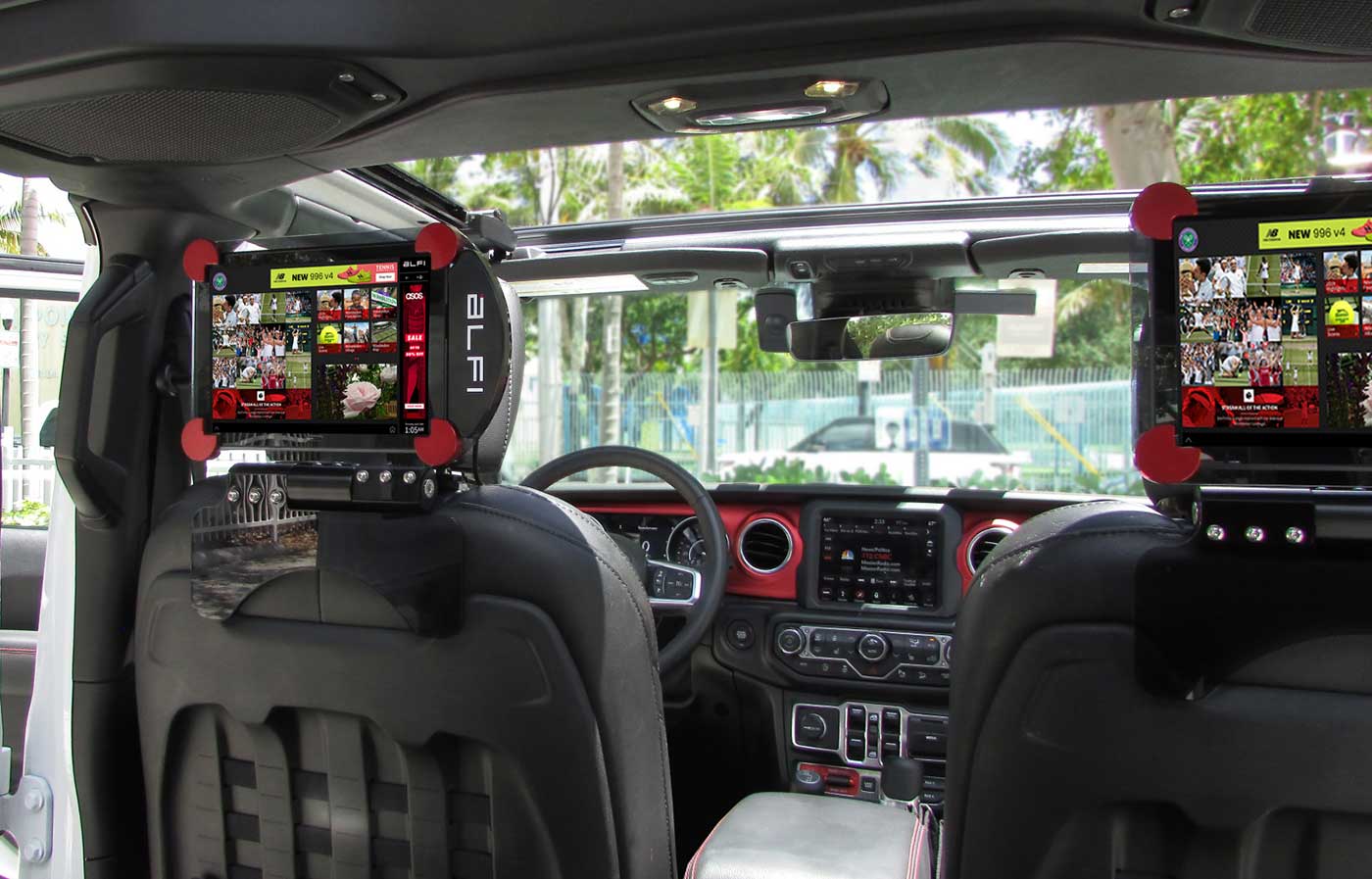
Rideshare advertising is a form of DOOH (digital out-of-home) advertising that displays ads inside or outside Uber, Lyft, and other vehicles. These highly relevant ads can even provide solutions for problems that passengers might have. Rideshare advertising does include cartop advertising, but it features other methods for effective mobile marketing.
Advertisers and brands love it as it provides the perfect opportunity to capture a rider’s full attention as they sit in the back of a vehicle. With the average Uber ride clocking in at 5.41 miles, there is ample time to engage passengers and connect them to relevant products and services.
One of the most popular tech for rideshare use is the interactive tablet. These are quickly becoming the most popular way to deliver rideshare ads to passengers. Once installed in the vehicle, the tablet provides curated entertainment and ads for an enhanced rider experience. Entertainment options might include games, news, movie trailers, and more.
Other effective methods include car wraps and phone apps. To learn more about rideshare advertising, check out this article.
The Growth of DOOH and Digital Cartop Advertising
As social isolation became the norm during the pandemic, non-political OOH ad spending in the U.S. decreased 31% to $5.86 billion in 2019, according to estimates from GroupM.
With the vaccine rollout well underway in the United States, marketing ad spend is predicted to rebound with the increased use of billboards, mass transit signage, and digital OOH networks. Forecasters predict it will rebound by 23% to $7.2 billion this year with total media spending expanding to around $240 billion.
As more and more people get out of their homes and back into a new normal day-to-day routine, there will be more opportunities in AdTech for building a connection between brands and potential customers. While traditional taxis have long displayed ads, rideshare giants Uber and Lyft are now trying to corner their share of the market.
However, they’re not the only players in the AdTech industry.
ALFI
While other platforms blur the line when it comes to user privacy, ALFI is building the future of DOOH advertising by crafting tools that empower media buyers to reach their exact target market, at the right time, for a fraction of the cost. And in a respectful and ethical manner.
ALFI is quickly rising to the top of rideshare advertising companies. Using computer vision and machine learning models, ALFI offers advertisers more effective targeting options.
The genius of Alfi is behind its AI, machine learning, and computer vision models. For the first time, audiences can be targeted in real-time based on their behavior and physical demographics. Brands can now determine how effective their OOH ad is at getting attention, but also collect valuable audience data to get true insight on who is paying attention.
While it sets new standards by providing precise targeting information to advertisers, it does so without intruding by collecting information in non-intrusive ways that are compliant with GDPR, CCPA, and HIPAA. ALFI proves that it is possible to maintain compliance and still provide valuable data metrics for decision-making.
Once it determines who is in the vehicle, it can provide the right type of content. This innovative technology can offer relevant places of interest, local attractions, news stories, interactive surveys, traffic alerts, and movie trailers. Passengers can even play games using ALFI.
Without having to input or store any personal information, ALFI provides advertisers with access to detailed targeting options, in-depth analytics, and instant access to update and improve their campaigns in real-time.
Advertisers aren’t the only ones who benefit from ALFI. Their outstanding compensation program allows drivers to earn up to $350 a month.
ALFI is redefining the way that brands and customers connect.
Uber OOH
Early in 2020, Uber announced that it would be launching its own official Uber advertising network in partnership with AdTech company Adomni.
Thus, Uber OOH Powered by Adomni was created. While previously, independent contractors could install their own devices, this was the first time Uber launched its own advertising network.
This move places dynamic rooftop advertising signs on its rideshare vehicles for broader targeting. Its promise? 1,000 cars, 180 million monthly impressions, and millions of miles of ad exposure.
According to Uber OOH, “the Uber digital out-of-home network features two-sided, internet-connected screens on the tops of participating drivers’ vehicles…[which] mobilizes your brand in an unmissable way…delivering millions of impressions.”
Using geo-targeted advertising content keeps ads relevant to users based on their geographical location. This allows advertisers to choose the right content they want to display during specific times of the day. This way, brands and businesses can select only the advertising space and time that works best for their company’s needs.
Hot restaurants, night clubs, and bars might want to advertise more during the evening or night hours, while a local grocer would most likely select ads during the daytime.
Plus, Uber boasts the ability to display parallel ads on a car and nearby billboard at the same time. This builds brand consistency, engages potential customers, and creates even more exposure for those passing by.
The Uber OOH network, which originally began with three pilot cities, is currently available in Atlanta, Boston, Dallas, Los Angeles, and Phoenix where roughly between 200 and 400 cars per city are equipped with digital screens. Big launches for New York and Chicago are planned for the second quarter of 2021.
In fact, Uber signed an exclusive multi-year partnership deal with Creative Mobile Media (CMM) and the Metropolitan Taxicab Board of Trade (MTBOT) – the largest yellow taxicab association in New York City. This partnership will eventually provide Uber OOH cartop advertising access to up to 3,500 taxicabs, 25% of the total taxicabs in the city. Uber OOH expects to be the largest digital cartop display in New York City with an estimated 1,500 digitized taxicabs by the fall of 2021.
According to Adomni’s press release, they are forecast to cross one billion monthly ad impressions in New York City by the end of the year, all of which will be programmatically purchasable. Advertisers can launch self-service ad campaigns on Admoni’s website or through the DSP of their choice with the Adomni NenoX ad exchange.
“We are inspired by the powerful capabilities that Uber OOH unlocks for brand-marketers: the ability to tell a captivating story to a large audience with performance-based reporting. Digital cartop ads are a big part of the next chapter in digital out-of-home advertising and we are thrilled to be a part of it” said Jonathan Gudai, CEO of Adomni.
With the addition of New York City, Uber OOH will have launched its sixth U.S. market, with many more planned by the end of the year.
Firefly
Trying to stay ahead of the rideshare advertising game, venture-backed startup Firefly began installing portable advertising billboards on the roofs of ride-share vehicles in five major U.S. cities back in 2019. Currently, the company uses GPS data to tailor advertisements to specific locations, with the ability to pair that information with accelerometer data to identify where drivers are stopping.
The company’s mini-billboards offer new higher-resolution screens that can sense temperature, quantify pollution, and track driving patterns including acceleration and braking. Plus, all of the valuable data generated from this technology can be analyzed and reported for better campaign decision-making. Additionally, the drivers of these ride-share vehicles earn an average of $300 per month, depending on the number of hours driven over the 40-hour minimum.
According to Firefly, its ads are responsible for 430 million impressions a month, with over 650,000 hours of content played over 40,000 square miles of coverage. Additionally, 10% of unsold ad space goes back to nonprofit and local government organizations (to broadcast public messages like Amber Alerts, for example).
Beyond traditional metrics, Firefly offers metrics based on store visitation, ad-influenced website visits, and app downloads using ad IDs on mobile devices. Digital OOH is a burgeoning field that combines the creative power of real-world physical presence with the efficiency of digital media.
One major challenge to note, for those wishing to use Firefly: Uber drivers cannot technically mount these screens, because the company prohibits “commercial branding” in vehicles used by their drivers.
Lyft
To compete in the OOH sphere, Lyft announced in 2020 that it had acquired Halo Cars, a startup allowing drivers for app-based car services to run taxi-style ads on top of their vehicles. Before Lyft’s purchase, Halo had been busy installing their screens with rideshare drivers from both Uber and Lyft, promising contextual messaging that served relevant content based on users’ location and activity.
By attaching smart LED screens to the top of rideshare vehicles, Halo’s cartop ads display hyper-targeted advertisements that shift based on location, weather, and consumer profiles, according to their website.
The convenience of real-time updating also cannot be ignored. Marketers even have the power to shut off ads when a driver is nearing certain areas, so for example, an ad for a kids movie would not be displayed as the driver approaches an adult store. When in areas where the apps are not permitted, the display will not show any ads.
These car-top ads could subsidize rides and help Lyft – and drivers – turn a profit. Halo reports that these screens yield higher ratings and more tips for drivers, and according to Forbes, full-time drivers can earn up to $400 per month.
Additionally, Halo’s founders have pointed to the technology’s ability to improve safety measures, by preventing passengers and drivers from mistaking the identity of rideshare drivers. These lightweight screens give drivers the ability to display a car’s license plates on the top of cars to help passengers locate them safely. That visibility leads to higher ratings and better tips.
Drivers can also make money with cartop advertising, the benefits ranging depending on the provider. Brands and advertisers typically pay drivers for displaying these LED signs, provided they drive full-time.
Firefly, Uber, and Lyft all offer different packages to drivers, the benefits accompanied by varying conditions. It will be interesting to see how long driver benefits last as rideshare advertising continues to generate success and profit. Drivers should read the fine print carefully; not all companies have the needs of all parties in mind.
Why Rideshare Advertising Works
Ultimately, mobile advertising is a dream for marketers and brands, as it provides dynamic information and ads to users on the move. In perfect form, crisp LED screens deliver relevant, location- and user-based content to eager viewers who become inspired to make decisions.
It’s easy to see why Uber and Lyft are doubling down on their marketing potential:
- Cartop ads build brand recognition and hopefully, provides the right solution to the right audience at the right time.
- Rideshare tech and cartop screens yield copious amounts of valuable consumer data for marketers and brands.
- Technology allows for real-time campaign updates based on consumer feedback and overall performance.
- Ads can dynamically shift based on weather, location, and user.
- Brands, advertisers, and businesses all benefit from mobile advertising.
- This technology can even be harnessed to provide a safer, more user-centered rideshare experience.
- The costs of digital display have dropped dramatically, making this a cost-effective solution that more than pays for itself.
According to Andrew Phipps Newman, founder and CEO of DOOH.com, “Being able to immediately access and understand the routes of the journeys means that brands can provide hyper-local dynamic ad content specific to the locations the car is passing through…When [Halo] is qualifying the value of its inventory space it will allow it to prove to their clients that it is reaching the right audience, increasing the rate card for those screens.”
Is rideshare advertising profitable?
Yes. Despite a decrease in use during the pandemic, Lyft and Uber are still going strong. Today, 12.5 million riders use the Lyft app each quarter and they currently hold a 32% market share in the US. Every quarter, 1.44 billion rides are completed through Uber.
Uber processed $26.61 billion in gross bookings from its ridesharing business in 2020. Lyft is predicted to process $12.93 billion worth of rides in the US in 2021, an increase of 8.2% compared to 2019, the last full pre-pandemic year.
The numbers speak for themselves; think of the potential brand exposure with that kind of traffic getting in and out of rideshare vehicles – and everyone passing and driving by. And brands are not the only ones benefiting from these cartop ads. More on that a little later.
Plus, mobility data shows that foot traffic is increasing to levels beyond those even before the pandemic hit.
While there are different ways to use vehicles for powerful OOH advertising, for brands seeking exposure to the broadest target audience, cartop advertising provides a simple solution with powerful reach.
And with the bonus features AdTech can yield, running digital ads via cartop can dynamically engage passersby.
Choosing a Rideshare Advertising Company
With so many rideshare advertising companies out there, it’s important to be careful when selecting one. Choose an advertising company that will get you the results you’re seeking.
If you’re a rideshare driver, that means choosing a company with the best payouts. If you’re a marketer, that means selecting a company with targeted ads that will reach the right audience and deliver the best return on investment.
With ALFI, it’s possible – and even easy – to target users, master AdTech, and generate revenue ethically, all while respecting passengers’ and users’ right to privacy.
Want to know more? Drop us a line and our team will get in touch with you!
